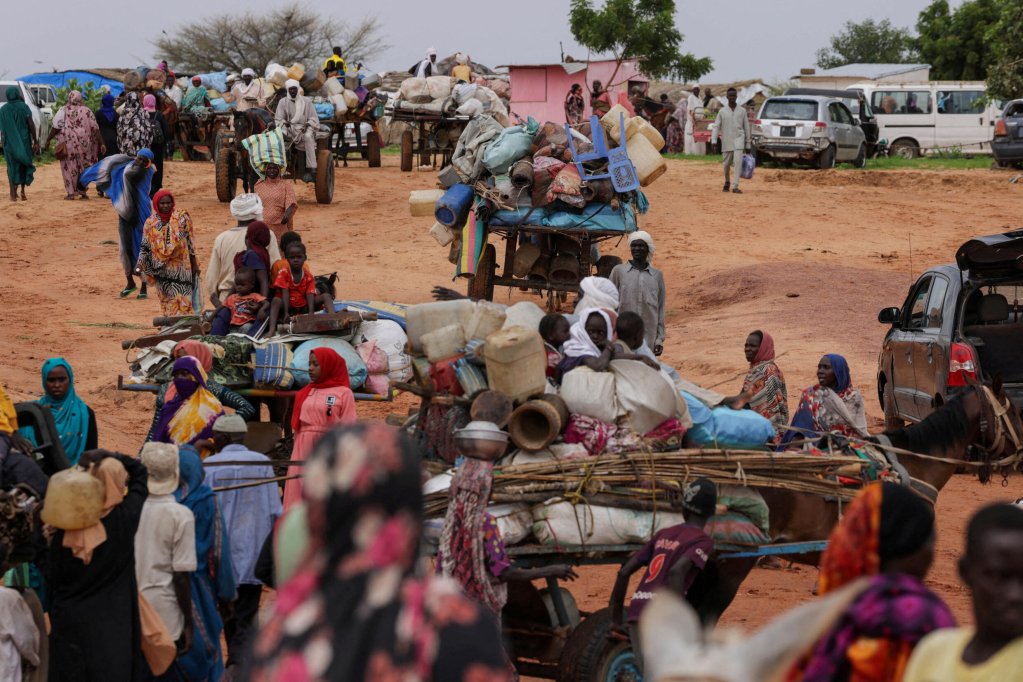In its latest annual report, the Norwegian Refugee Council has identified the ten most neglected displacement crises in the world. All but one are in Africa, with Burkina Faso topping the list.
According to the Norwegian Refugee Council (NRC), the ten most politically, socially, and financially neglected crises of the past year are located in Burkina Faso, Cameroon, the Democratic Republic of Congo (DRC), Mali, Niger, the Central African Republic (CAR), Chad, Sudan and South Sudan in Africa — as well as in Honduras in Central America.
This follows an announcement from the UN refugee agency (UNHCR) in April that there were more than 12 million refugees and displaced people in West and Central Africa alone.
The UNHCR last week sounded alarm over the series of humanitarian crises in the Sahel region, saying that the escalating violence in Niger, Mali and Burkina Faso in particular would "become a problem for the world" if nothing is done.
The European Commission recently pledged 201 million euros in aid for vulnerable people in Burkina Faso, Cameroon, Chad, Mali, Mauritania, Niger and Nigeria, but experts believe that much more needs to be done as military regimes in the region are forcing more and more people to the fringes of society.
Burkina Faso remains most neglected
NRC Secretary General Jan Egeland said that neglect of displaced people had become the "new normal" and urged donors and humanitarians to ensure that "areas that are out-of-sight do not become out-of-mind."
Egeland pointed out that for the second year in a row, Burkina Faso topped the list of the most neglected displacement crises and that the situation there had worsened.
According to the NRC, up to two million people are trapped in 39 blockaded towns across the landlocked West African nation, leaving hundreds of thousands cut off from aid.
Quoted in the report, a displaced mother now living in Kongoussi in north Burkina Faso says her family has not received any assistance for a long time. "This week we have only eaten leaves most days," she says.
Also read: Refugees from most regions of Burkina Faso qualify for asylum, UN says
One in three refugees in Africa
In countries neighboring the region, in particular Sudan and the DRC, an additional 14 million people have been internally displaced, according to the report.
The situation isn't much better in East Africa: According to a report published by Oxfam last December, the region – chiefly Uganda, Kenya and Ethiopia – hosts 10% of global refugees.
In total, around 30 million internally displaced persons, refugees and asylum seekers live in Africa, according to UNHCR.

Difference between young and old generations
UNHCR Regional Director for West and Central Africa Abdouraouf Gnon Kondé says that most people seek protection from war and persecution within their national borders. But he adds that this could change if the security situation in the region worsens in future.
Kondé told Germany's DPA news agency that most people trying to escape violence and persecution are farmers and herders who do not want to leave their land behind to seek a safer life elsewhere.
However, he added that among the youth, the trend is different: due to a growing lack of access to education, there is a real risk that many will continue to seek to relocate for better opportunities — even across borders.
with dpa
